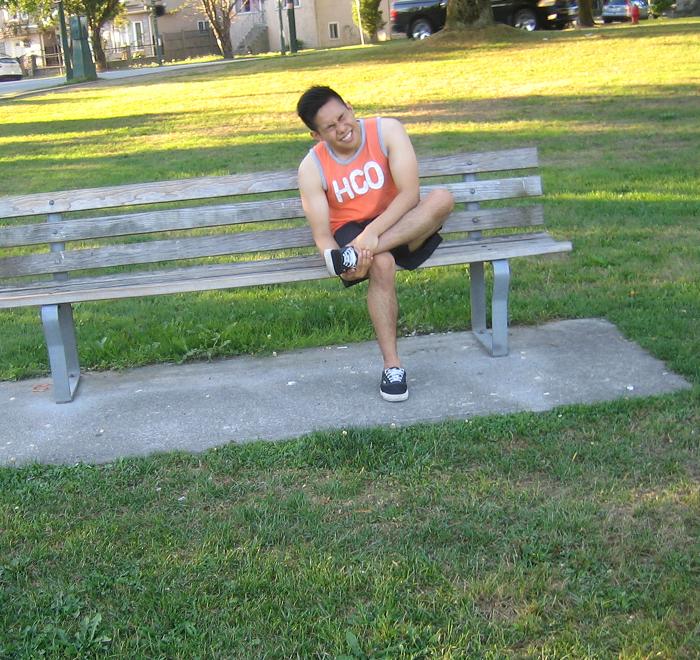Foot drop results to difficulty lifting the front area of the foot. It results in dragging foot when walking. It is a symptom of underlying neurological, muscular or anatomical condition. To avoid dragging the toes, the knees are lifted higher than the normal or swing the leg in a wide arch. This condition can develop in one or both feet simultaneously and affects people of any age. Foot drop can be caused by paralysis or weakness of the muscles that function in lifting the foot.
Foot drop can be temporary or permanent. A person with foot drop needs to wear an ankle and foot brace to keep the foot in normal position. Performing activities that compresses the peroneal nerve increases the risk of foot drop. It includes
- Kneeling or squatting for long periods of time
- Crossing the legs
- Wearing a leg cast, it places plenty of pressure on the peroneal nerve
Symptoms of foot drop

- Difficulty in lifting the front area of the foot, and it drag when walking on the floor.
- Raising the thigh while walking as if climbing stairs
- This gait motion causing to slap the foot on the floor with every step and the skin on top of the foot becomes numb.
- It usually affects only one foot but it can affect both.
Causes
- Brain and spinal injuries the includes multiple sclerosis, stroke, cerebral palsy and Charcot-Marie-tooth disease
- injury to the peroneal nerve which controls the muscles in the lifting the foot
- Muscle disorders that includes muscular dystrophy and amyotrophic lateral sclerosis
- Drug complications
Treatments
- Wear orthotics such as braces and splints. They are worn in the shoes, others are worn around the ankle or near the near. Wear the ankle- foot -orthosis or AFO to keep the foot at a 90-degree angle and support the lower leg. It also improves the gait and needs a larger shoe to accommodate the brace. It keeps the affected area from touching the ground while walking. Polypropylene is a foot drop brace that is inserted inside a shoe.
- Electrical stimulation of the peroneal muscle while walking to lessen the symptoms of the condition. It is also known as functional electrical stimulation or FES. A device is placed near the knee which responds to the movement of the knee and send mild electrical stimuli for the muscles to move properly.
- Seek the help of the physical therapist for some strengthening exercises for the muscles of the leg and restore the range of movement of the knee and ankle and improve walking problems. Perform stretching exercises to prevent development of stiffness of the heel.
Tips
- Use a foot stabilizer or positioner to prevent drooping of the foot while sleeping or sitting. It also lessens additional stress placed on the joint of the ankle and tendons.
FACT CHECK
https://en.wikipedia.org/wiki/Foot_drop
https://emedicine.medscape.com/article/1234607-overview
https://www.mayoclinic.org/diseases-conditions/foot-drop/symptoms-causes/syc-20372628

